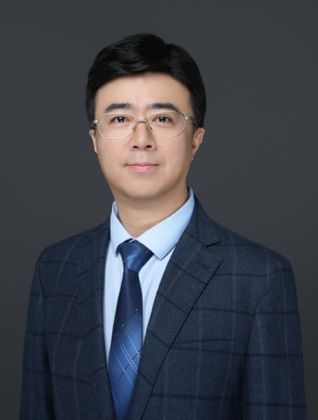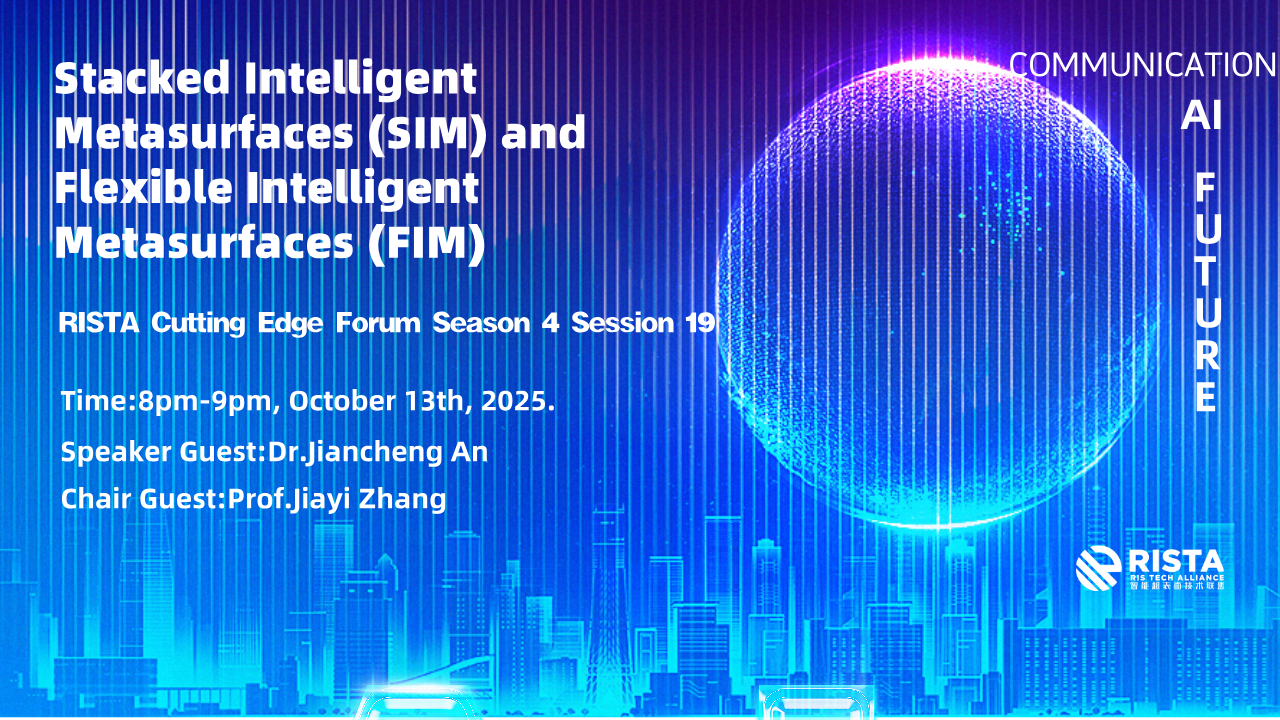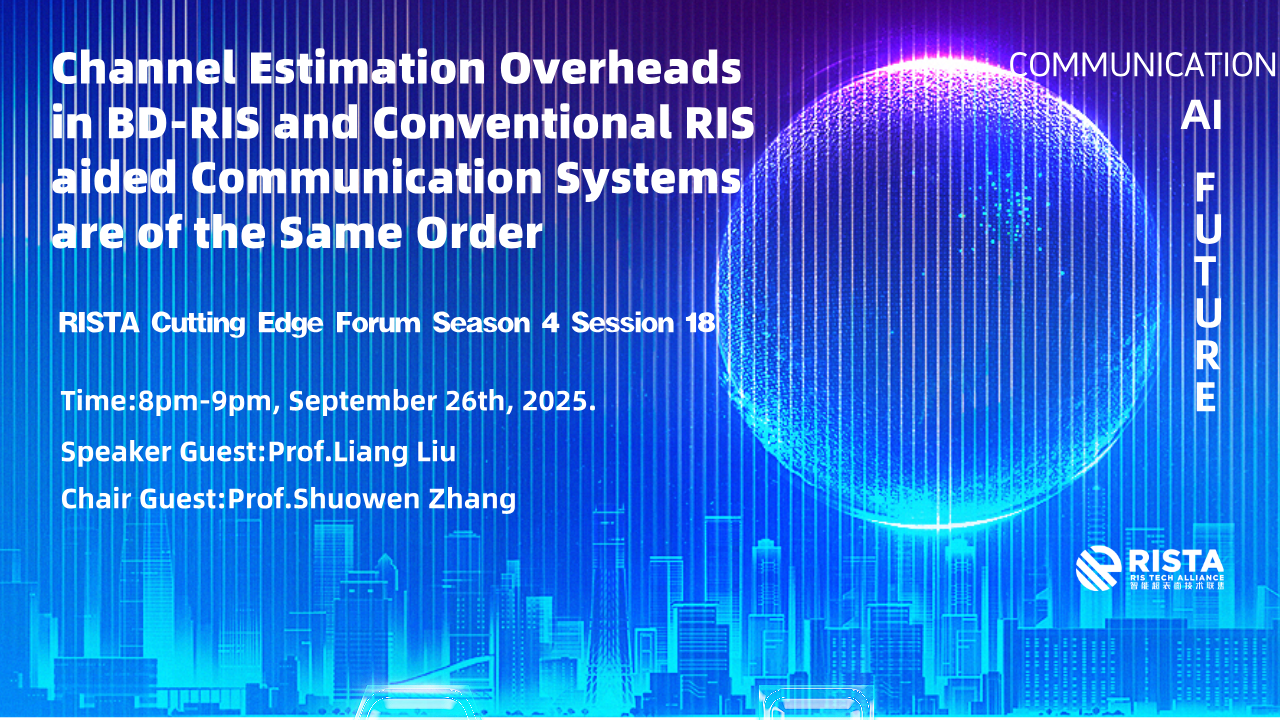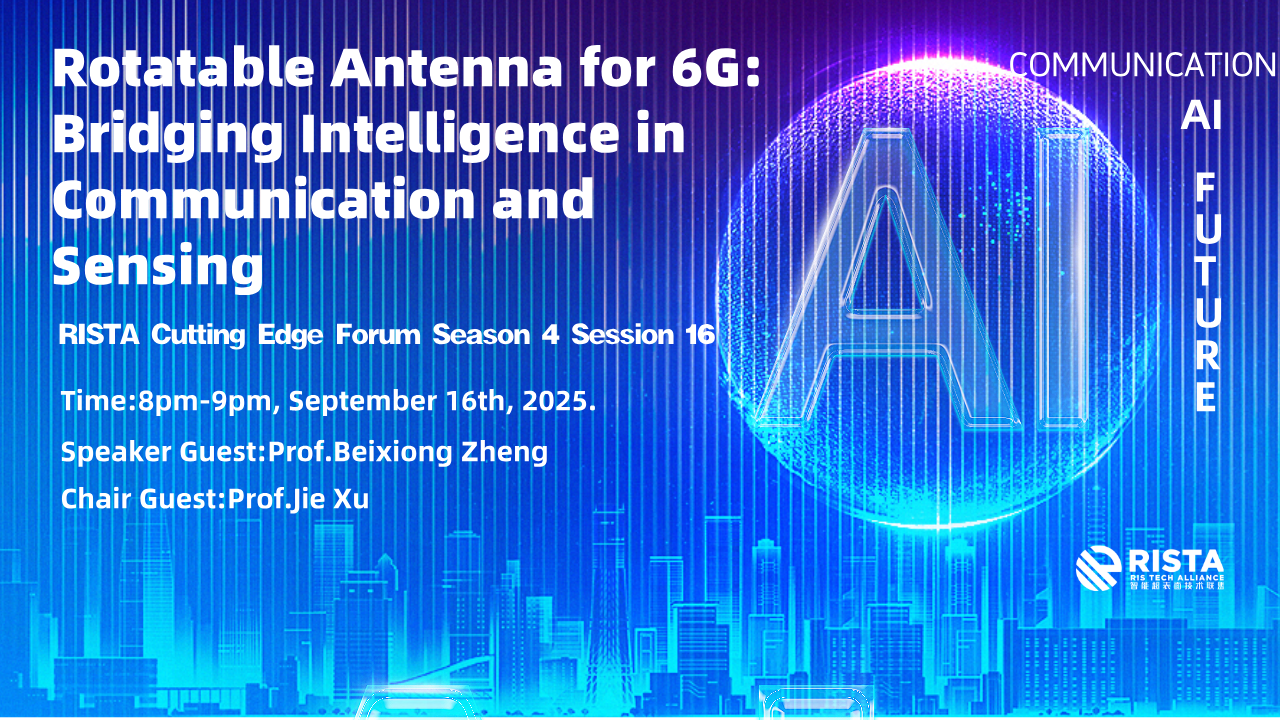
RIS CUTTING EDGE FOURM
LLM/Foundation Model Empowered Synesthesia of Machines (SoM): AI-native Intelligent Multi-Modal Sensing-Communication Integration
LLM/基座模型赋能机器联觉:AI原生的通信与多模态感知智能融合

LLM/Foundation Model Empowered Synesthesia of Machines (SoM): AI-native Intelligent Multi-Modal Sensing-Communication Integration
- RISTA CUTTING EDGE FORUM Season 4 Session 7
- Time:8pm-9pm,July 23th,2025.
- Speaker guest:Prof.Xiang Cheng
- Chair guest:Dr.Shijian Gao

Cheng Xiang, Peking University Boya Distinguished Professor (Long term Professor), IEEE Fellow,AAIA Fellow, Fellow of the Chinese Association of Automation, Fellow of the China Institute of Communications. He has received National Science Fund for Distinguished Young Scholars, Xplorer Prize 2023 Award, China Frontiers of Engineering Young Scholar by the Chinese Academy of Engineering, IEEE Asia-Pacific Outstanding Young Researcher Award , Top 0.05% Global Scientists by ScholarGPS and Highly Cited Chinese Researchers by Elsevier. His main research directions focus on the deep cross integration of communication networks and artificial intelligence, including intelligent communication networks and connected intelligence. Currently, he serves as an executive director of the Chinese Association of Automation and the chairman of the CAA Committee on Connected Intelligence. He has published over 300 papers, including more than 100 in IEEE journals, such as 4 ESI hot papers and 21 ESI highly cited papers. He has also published 9 English monographs and 3 Chinese monographs. Google Scholar has been cited 16180 times, h-index=65,i10-index=231. As the first author, he won the first prize of Natural Science of the China Institute of Communications and the first prize of Natural Science from the Chinese Association of Automation.





